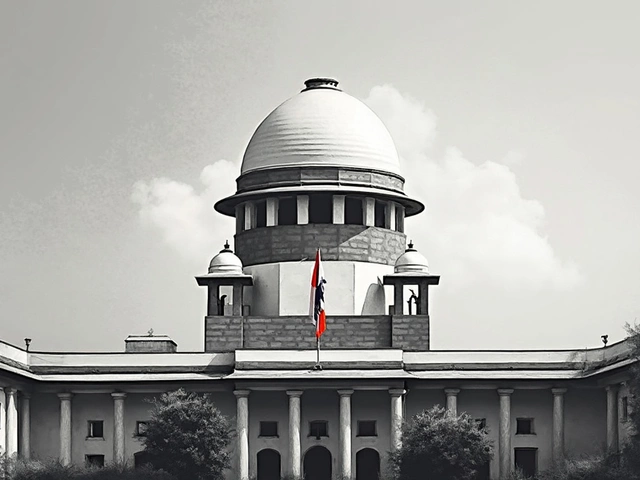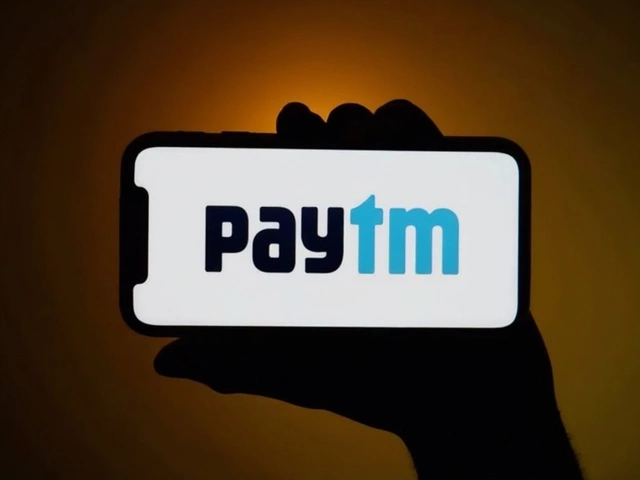Inflation Insights: What’s Happening and How to Keep Your Money Safe
Inflation is on everyone’s mind these days. Prices for groceries, fuel, and even movie tickets seem to be creeping up faster than before. But what exactly is inflation, and why should you care? In simple terms, it’s the rate at which the overall price level of goods and services rises, meaning your money buys less than it did yesterday.
Recent data from India shows retail inflation dropping to an eight‑year low of 1.55%, giving a short breather to shoppers. Yet, other reports highlight sharp price hikes in sectors like clothing and electronics, especially after new tariffs were announced. So, while the headline number may look good, everyday expenses can still feel the squeeze.
Why Prices Keep Changing
Several factors drive inflation. First, demand outstripping supply pushes sellers to raise prices. Second, higher production costs – like fuel or raw material spikes – get passed on to consumers. Third, government policies, such as new taxes or tariffs, can instantly add to the cost of imported goods. For example, a recent 50% U.S. tariff on Indian imports sparked worries about higher prices for clothing and footwear.
Another big player is the weather. Heavy rains in Delhi and other parts of India affect crop yields, which can make food prices jump. When the monsoon is late or too intense, farmers get less produce, and the market feels the pinch.
Practical Ways to Beat Inflation
Feeling the pinch? Here are a few everyday moves that can protect your wallet without demanding big lifestyle changes:
- Track your spending: Use a simple app or notebook to see where your money goes. Spotting unnecessary expenses helps you cut back quickly.
- Buy in bulk when it makes sense: Non‑perishables like rice, pulses, and cleaning supplies often stay cheaper in larger packs.
- Switch to generic brands: Store‑brand products usually match quality but cost far less.
- Take advantage of sales: Seasonal sales, especially after festivals, can shave off a good chunk of price tags.
- Invest smartly: Consider low‑risk instruments like fixed deposits or government bonds that often outpace inflation.
Remember, inflation isn’t static. It ebbs, flows, and can be influenced by global events, local weather, and policy shifts. Staying informed – like checking monthly price indexes or reading reliable news – gives you a head‑start on making smarter money decisions.
In short, inflation may feel like a mystery, but understanding its drivers and using a few practical tricks can keep your budget healthy. Keep an eye on the news, adjust your habits, and you’ll be better equipped to handle any price spikes that come your way.
RBI Holds Repo Rate at 5.50% and Slashes FY26 Inflation Outlook Amid Global Tensions
The Reserve Bank of India kept the repo rate steady at 5.50% for the third straight meeting and slashed its inflation forecast for FY26 to 3.1%. The central bank maintains a neutral stance, balancing growth with global trade and financial risks.





